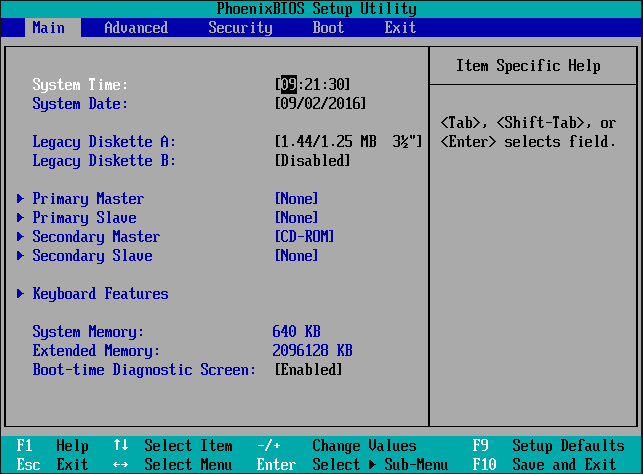
I would only load a clone from one workstation into another of the same type.ġ.

The CPQSETUP.TXT file does need to be at the top level of the thumb drive to clone from, rather than in a folder in the thumb drive. it can have other things on it both for the capture of the BIOS or for the clone load into BIOS. Also, the cloned BIOS's text file always has the same name, and be sure to label a folder or add in a little text file to your folder describing what each is for if you build up an archive of these.įinally, your USB drive for this purpose is not a boot drive. Don't forget that you need to save the changes during your exit from BIOS for the cloned settings to stick. The USB drive always shows up properly when I navigate to Replicated Setup this way. The solution: Without the thumb drive in place do a cold boot into your operating system, then plug in the USB thumb drive and ensure that the OS sees that normally, then do a restart (not a shutdown) with the USB drive still in place, and F10 into BIOS during that bootup. In those cases when I F10 navigate into BIOS and go to Replicated Setup the thumb drive would not show up and only a floppy drive option to work from would be available, even though no floppy drive is attached to the motherboard.

I have had some workstations that don't seem to easily recognize my thumb drive for capturing the BIOS to, or cloning my preferred BIOS settings from, when "cold booted" with the USB drive in place before starting up from fully powered off status. You can email that text file to another person and they can use Replicated Setup and a thumb drive to apply your fine-tuned BIOS settings to experiment with, but still go back to their original settings (assuming they have saved them using Replicated Setup previously).Īttached is a Replicated Setup capture from a xw6600 I am working on, as an example. You can also print out the small text file that the feature creates and automatically stores on a floppy disk or thumb drive. The HP Replicated Setup feature found in most HP workstation's BIOS under the first column is a handy way to capture your BIOS settings and then clone them over to another workstation.


 0 kommentar(er)
0 kommentar(er)
